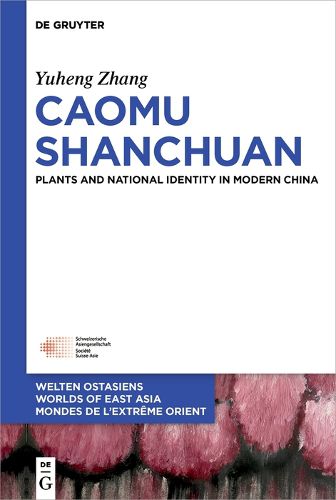Readings Newsletter
Become a Readings Member to make your shopping experience even easier.
Sign in or sign up for free!
You’re not far away from qualifying for FREE standard shipping within Australia
You’ve qualified for FREE standard shipping within Australia
The cart is loading…






This book offers a path-breaking survey of the various efforts to rethink, methodologically delimit, enact, and represent the changing relationship between the modernizing nation-state of China, its premodern history and culture, and its endemic and/or iconic plants. It is a literature and philosophy as well as cultural history contribution to the sinological academia. By exploring the entanglement of plants in the construction of national identity in modern China, it demonstrates that, by joining the world scientific stage through categorization and compilation of its objects, the nation has braided its own time and space into the world system, and renjian caomu (the grass and trees of the human world) thus became minzu zhiwu (ethno-plants). Moreover, all those different embodiments of caomu, national flower candidates, shuishan, ethno-plants, plane trees and ginkgos, each summon certain temporal and spatial angles and features, hovering between cultural symbolism and modern horticulture. They all join the transformation in which the location of China is anchored on the world map and on the natural land, while its past and future are imagined and rewritten in the form of Chinese history and modernity.
$9.00 standard shipping within Australia
FREE standard shipping within Australia for orders over $100.00
Express & International shipping calculated at checkout
This book offers a path-breaking survey of the various efforts to rethink, methodologically delimit, enact, and represent the changing relationship between the modernizing nation-state of China, its premodern history and culture, and its endemic and/or iconic plants. It is a literature and philosophy as well as cultural history contribution to the sinological academia. By exploring the entanglement of plants in the construction of national identity in modern China, it demonstrates that, by joining the world scientific stage through categorization and compilation of its objects, the nation has braided its own time and space into the world system, and renjian caomu (the grass and trees of the human world) thus became minzu zhiwu (ethno-plants). Moreover, all those different embodiments of caomu, national flower candidates, shuishan, ethno-plants, plane trees and ginkgos, each summon certain temporal and spatial angles and features, hovering between cultural symbolism and modern horticulture. They all join the transformation in which the location of China is anchored on the world map and on the natural land, while its past and future are imagined and rewritten in the form of Chinese history and modernity.